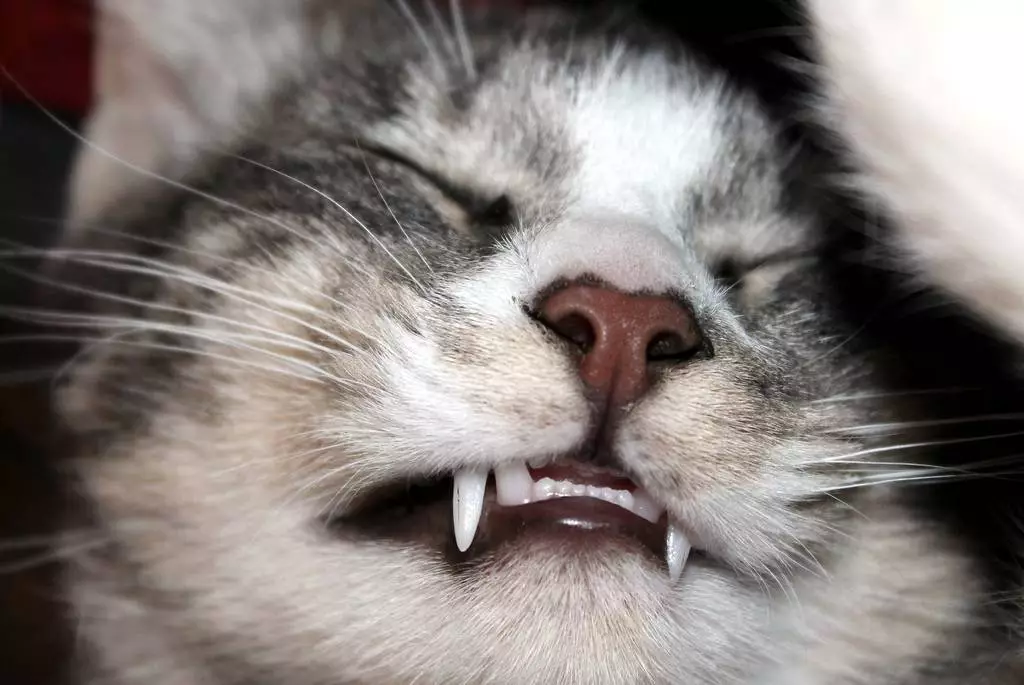February is designated as Spay and Neuter Awareness Month, a period marked by increased attention to the significance of sterilizing pets. As pet owners, particularly those with cats, it is vital to grasp the full implications of spaying and neutering. With searches for neutering peaking at 20,000 in January, this article aims to demystify the procedure, discussing its necessity, health benefits, optimal timing, recovery process, and financial considerations.
At its core, spaying and neutering are surgical interventions aimed at preventing unwanted litters. Male cats undergo a procedure known as castration, wherein the testicles are surgically removed. Conversely, females are spayed, which involves removing the ovaries and uterus. These procedures, performed under general anesthesia, significantly affect hormonal levels in pets. Castration reduces testosterone, which can mitigate undesirable behaviors in male cats, such as roaming or aggressive tendencies. In females, spaying effectively eliminates the potential for pregnancies, thus controlling the feline population.
The surgeries are routine; however, they do require careful monitoring before, during, and after the procedures. It is normal for pets to experience discomfort post-surgery, and veterinarians typically provide pain management to alleviate this issue, enabling a swift return to normal activities.
Pet owners often ponder the critical question: why should I spay or neuter my cat? Beyond the immediate reduction in the feline population, neutering provides significant health advantages. Studies have shown that spaying female cats diminishes the risk of mammary tumors and eliminates the risk of life-threatening infections, such as pyometra. Moreover, neutered male cats face a markedly reduced risk of developing certain cancers.
Behaviorally, neutering can lessen the propensity for territorial aggression, which often manifests in behaviors such as urine marking. While some behaviors may not completely disappear post-neutering, early intervention can lead to positive changes, making for a more harmonious household.
The question of when to neuter one’s pet is crucial. Veterinarians often recommend the procedure be performed around four months of age. Neutering at a younger age prevents many complications associated with unintended mating and pregnancy. It is important to note that leaving a female cat unspayed until she has had her first heat cycle can lead to an overwhelming number of kittens; in fact, a single female cat can theoretically produce 370,000 offspring within a span of seven years if left unchecked.
Safety is a significant factor; responsible pet owners should ensure that their cats are kept indoors until they have undergone the neutering process to mitigate risks of roaming and unwanted litters.
Post-surgery, cat owners should be aware of their pet’s recovery requirements. Neutering leads to a decrease in metabolic needs, which may result in weight gain if dietary adjustments are not made. It’s essential to consult with a veterinarian about portion sizes and calorie intake post-surgery to maintain a healthy weight.
Recovery typically necessitates several days of rest. During this time, owners should monitor their pets closely for any signs of distress or infection, implementing the use of recovery collars to prevent licking of the surgical site. Providing a clean, easily accessible litter box with shredded paper rather than traditional litter prevents irritation during the healing process.
Cost is often a concern for pet owners considering spaying or neutering. The expenses associated with these procedures can differ widely based on factors like geographical location, the cat’s gender, and the chosen veterinary practice. Generally, neutering a male cat costs between £170 and £195, while the average for female cats may be slightly higher. While upfront costs might seem daunting, it is crucial to remember that the expense of caring for unplanned kittens can far exceed the cost of a neutering procedure.
Engaging in open discussions with a veterinarian about price and payment options can provide clarity and support in making responsible decisions for pet care.
As we recognize Spay and Neuter Awareness Month, it becomes increasingly clear that these procedures offer vital benefits for pets and the wider community. Reducing health risks, controlling the population, and mitigating behavioral issues are just a few of the numerous advantages of spaying and neutering. Pet owners are encouraged to engage in informed discussions with their veterinarians to weigh their options and make an educated decision that promotes the well-being of their beloved feline friends. By doing so, we contribute to responsible pet ownership and a healthier future for all animals.
